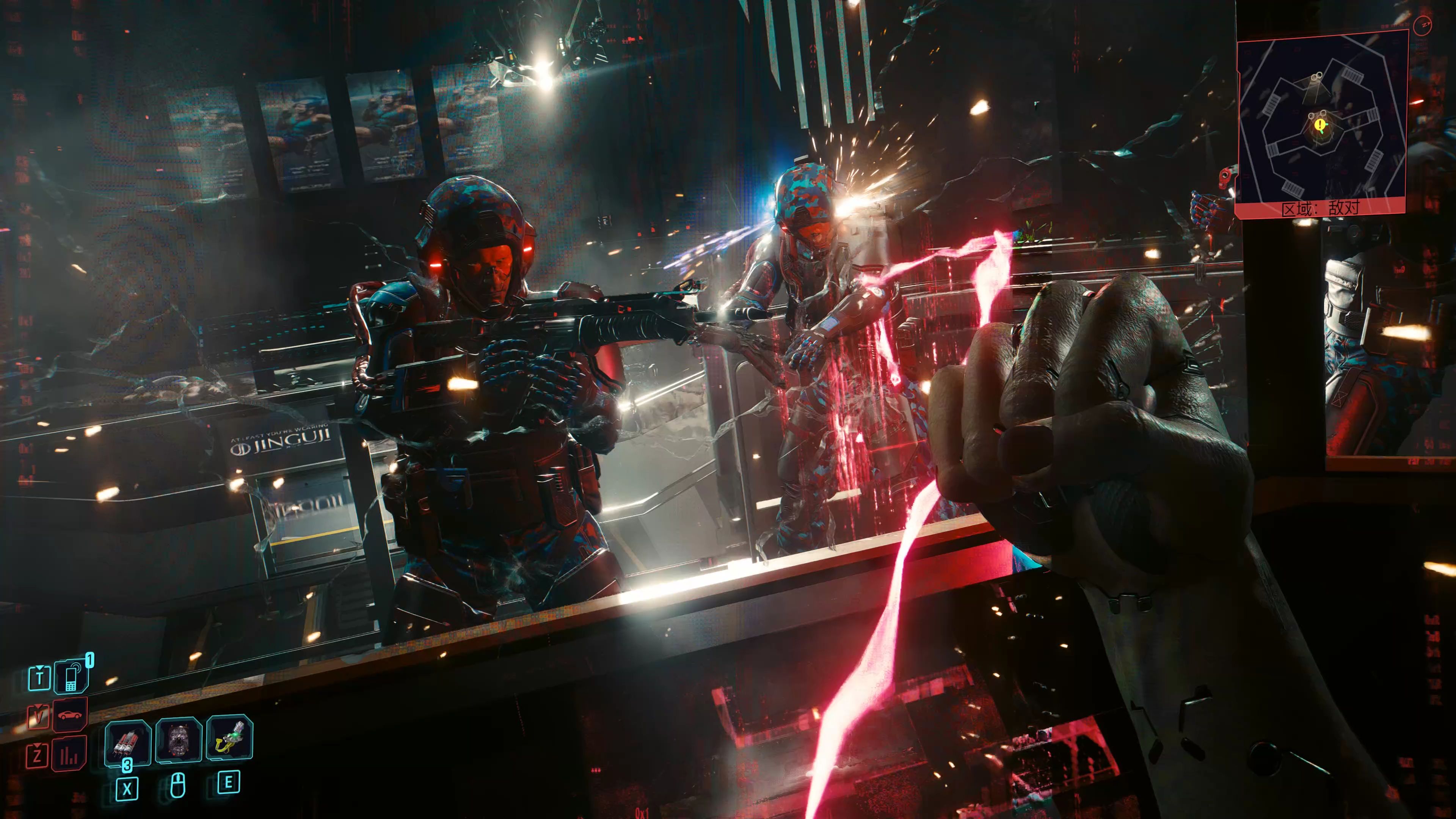Battlefield 2042 Score: Near-Future Setting Issues
By [Your Name]
Introduction
Battlefield 2042, the latest installment in EA DICE’s long-running military shooter franchise, promised a bold leap into the near-future with its setting, advanced gadgets, and dynamic warfare. However, despite its ambitious vision, the game has faced criticism for its execution—particularly in how it handles its futuristic elements. While the Battlefield series has thrived in historical and modern settings, 2042 struggles to balance realism with speculative technology, leading to a disjointed experience. This article explores the key issues with the game’s near-future setting and how they impact gameplay, immersion, and player engagement.
1. The Identity Crisis: Stuck Between Modern and Sci-Fi
One of Battlefield 2042’s biggest problems is its uncertain identity. The game attempts to bridge the gap between modern military combat and science fiction, but the result feels inconsistent. Some weapons and vehicles resemble contemporary designs (e.g., the M5A3 assault rifle), while others, like the hovercraft and robotic dogs, push into sci-fi territory.
Unlike Battlefield 2142, which fully embraced futuristic warfare with mechs and energy weapons, 2042 hesitates. The near-future setting lacks a clear vision—are players fighting in a plausible, tech-enhanced conflict, or is this a stepping stone to full sci-fi? The lack of commitment to either direction leaves the game feeling neither grounded nor excitingly futuristic.
2. Unconvincing World-Building
A strong near-future setting requires believable world-building. Unfortunately, Battlefield 2042 provides minimal context for its global conflict. The game’s "No-Pat" (stateless soldiers) premise is intriguing but underdeveloped. The narrative fails to explain why nations have collapsed, how warfare has evolved, or what role the advanced technology plays in society.
Compare this to Call of Duty: Black Ops II (2012), which successfully depicted a near-future war by integrating drones, cyber warfare, and political intrigue. 2042’s lore is relegated to short cutscenes and flavor text, making the conflict feel hollow. Without a compelling backdrop, the futuristic gadgets and battles lack weight.
3. Gadgets Over Gameplay: Gimmicks vs. Depth
Battlefield 2042 introduces several futuristic gadgets, such as the grappling hook, wing suit, and deployable turrets. While these add mobility and variety, they often feel like gimmicks rather than meaningful gameplay enhancements.
For example, the grappling hook allows for rapid vertical movement, but its inclusion disrupts map flow. Traditional Battlefield tactics—flanking, cover-based firefights—are undermined by soldiers zipping across the battlefield unpredictably. Similarly, the robotic "Ranger" drone feels out of place in a series known for human-centric warfare.
These gadgets prioritize novelty over balance, leading to chaotic, unfocused matches. In contrast, Battlefield 3 and 4 maintained tactical depth by keeping gadgets grounded in reality.
4. Map Design Clashes with Futuristic Mobility
The game’s large, open maps (e.g., Hourglass, Kaleidoscope) were designed with 128-player battles in mind, but they often feel barren and poorly optimized. The near-future mobility tools (hovercrafts, wingsuits) exacerbate the issue by allowing players to bypass intended routes, making engagements sporadic and unpredictable.
In previous Battlefield titles, maps were carefully structured to funnel players into meaningful combat zones. 2042’s maps lack this intentionality, leading to frustrating matches where players either wander endlessly or get sniped from unexpected angles. The futuristic movement options only amplify these problems rather than solving them.
5. Lack of Faction Identity
Past Battlefield games thrived on faction asymmetry—different armies had unique weapons, vehicles, and aesthetics. 2042 abandons this in favor of a "Specialist" system, where soldiers are hero-like characters with unique abilities.
This decision strips away the military authenticity that defined the series. Instead of US vs. Russia battles, we get generic mercenaries fighting for unclear reasons. The near-future setting could have allowed for creative faction designs (e.g., corporate armies, rogue AI factions), but the game squanders this potential.

Conclusion: A Missed Opportunity
Battlefield 2042’s near-future setting had potential, but its execution falls short. The game struggles with inconsistent technology, weak world-building, and poorly integrated gadgets. Rather than enhancing the Battlefield formula, the futuristic elements often detract from it.
For the franchise to succeed in future installments, DICE must either fully commit to a sci-fi direction (like 2142) or return to a more grounded setting. As it stands, 2042 is caught between two worlds—and it doesn’t excel in either.
Final Score: 5/10 – A flawed experiment in futuristic warfare.
Would you like any refinements or additional points included?














